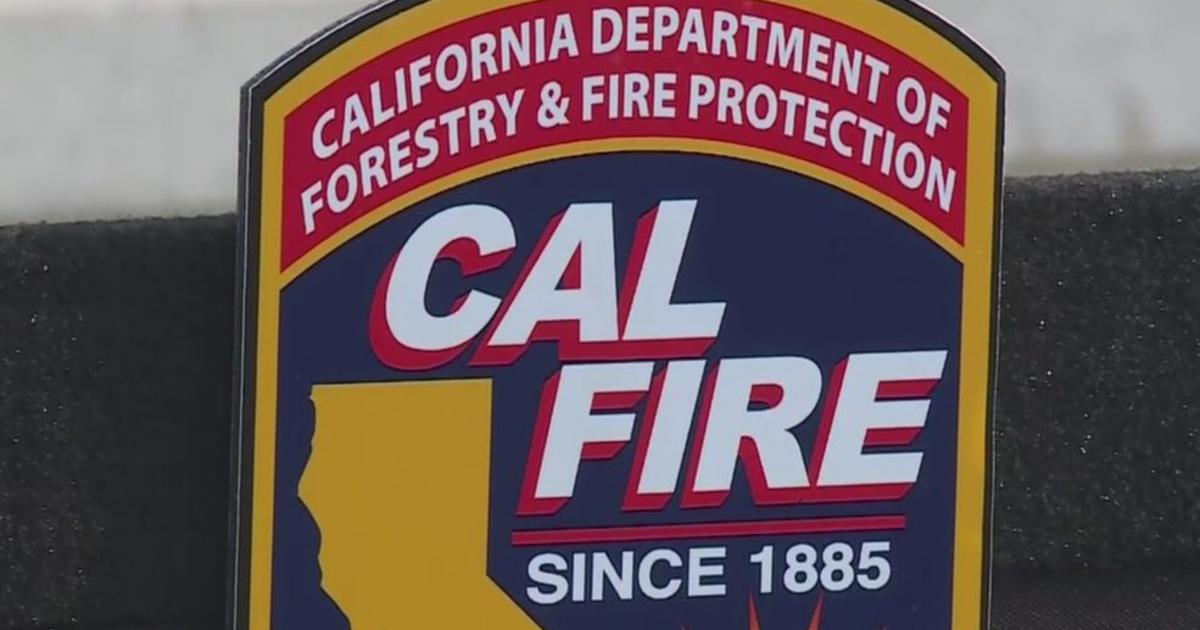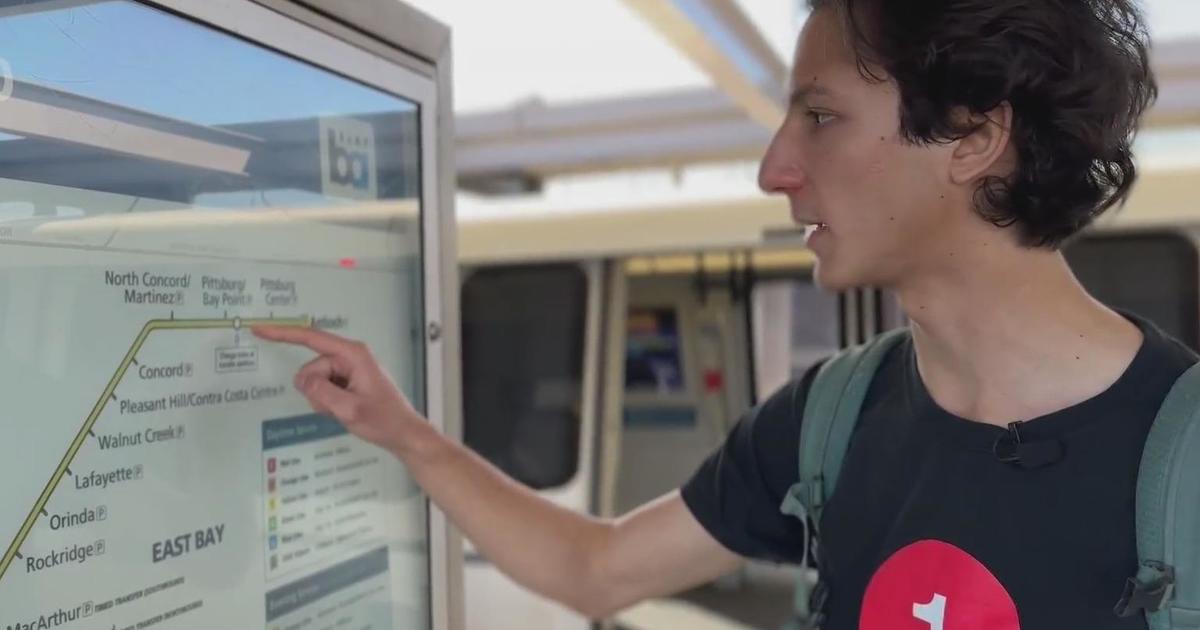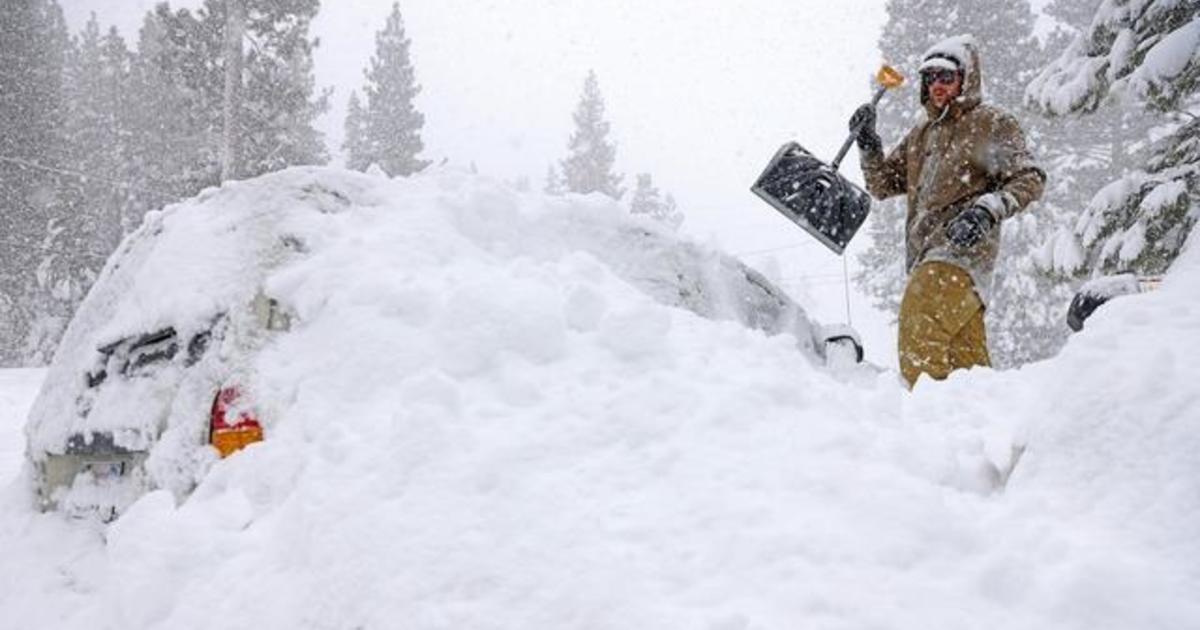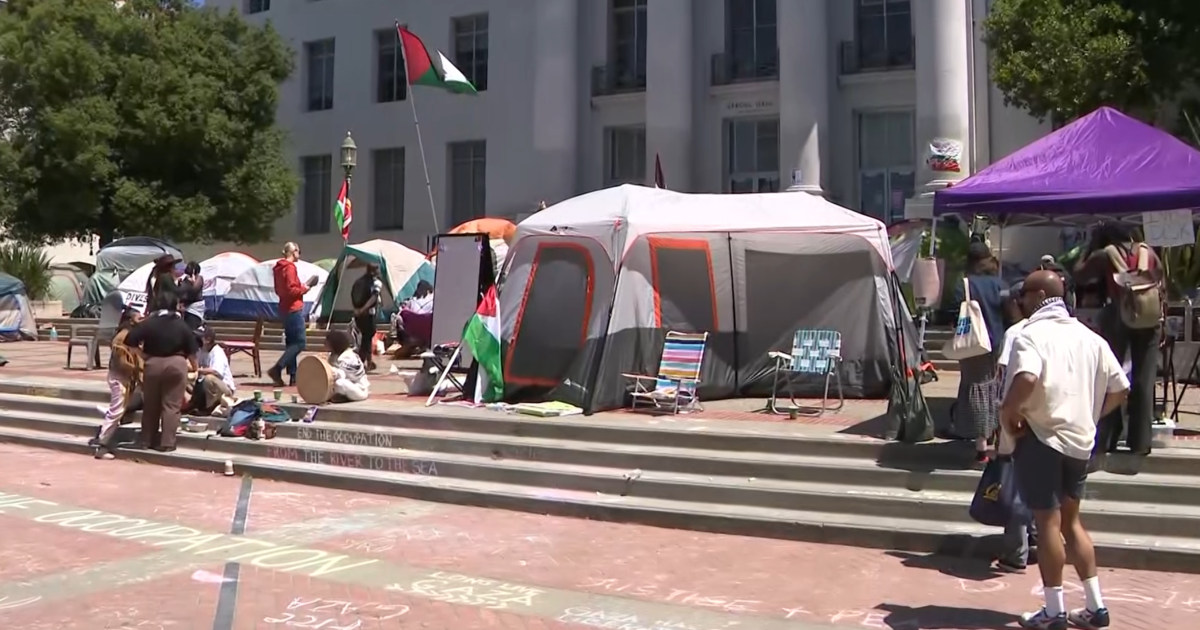Berkeley unveils siren system at Fire Ready Festival
BERKELEY — At Berkeley's Fire Ready Fest, the city unveiled a new emergency system they hope will prepare them for any possible disasters.
On Sept. 17, 1923, the city of Berkeley was engulfed in a raging wildfire that destroyed more than 580 homes. It serves as a warning for the present day, but how much has really been learned?
Long before we blamed everything on climate change, hot, dry winds still blew across the Bay Area. And on that fateful day, 100 years ago, a massive wildfire roared out of Wildcat Canyon and into the city of Berkeley, destroying homes as far as the eye could see.
Old newsreel films show UC Berkeley students pitching in to help carry people's furniture and possessions to safety. Current resident John Aronovici said his grandmother's house survived, and she sheltered 30 people in her home that night, along with all their possessions and a parrot.
"My grandmother was very smart," he said. "There was no water; the water mains were broken. There was no well. So, where did she get water? She drained the hot water heater for 50 gallons."
On Sunday morning, the city commemorated the 100th anniversary with a Fire Ready Festival, urging residents to practice preparedness and learn lessons from the disaster a century ago.
"We need to reflect on this moment," Berkeley Mayor Jesse Arreguin told the crowd. "But also to recommit ourselves to make sure that it never happens again."
But it did happen again, in 1991. The terrible Tunnel Fire destroyed more than 3,000 homes in the Oakland/Berkeley hills.
Long-time resident Darryl Dickerhoff remembered asking himself the same question that people probably asked back in 1923.
"I remember, you know, sitting in our home, looking up at the hills and kind of wondering. When do you start packing up and leaving?" he said.
The city hopes their latest addition will help: a collection of siren/speakers, of which some are portable and some fixed. The sirens can broadcast an audible warning as well as voice instructions.
Officials offered a first demonstration of it at the festival.
A series of tones echoed across the neighborhood followed by a booming message, "This is a test of the city of Berkeley's outdoor warning system! This is only a test!"
"So, the goal is, if there's a particular neighborhood or area that's threatened, we can actually provide information to the public, in the open air, about the nature of the hazard and what appropriate actions can be taken," explained Berkeley Fire Marshal Steven Riggs.
But have we learned how to prevent the destruction in the first place?
Historians say, in 1923, there were actually few trees in the Berkeley neighborhoods. The fire was spread by high grasses and burning wood shingles blowing from house to house.
After the 1923 inferno, a local law was passed requiring homes to be built with less flammable materials. But it didn't last long, said Tom Edwards, with the Berkeley Historical Society.
"Very quickly, the lumber lobby prevailed, so within about a year or two they reversed that," he said. "So, people don't seem to learn very quickly, do they?"
A lot of things have improved, from early warning communications to fire suppression techniques.
But the roads are still narrow and winding and trees have grown into thick urban forests in the neighborhoods. There is a photograph of the corner of Virginia Street and Scenic Avenue from 100 years ago where almost nothing is standing.
Now, the same spot is once again packed with houses under a canopy of huge trees. So, the question persists: Have we learned anything at all?




